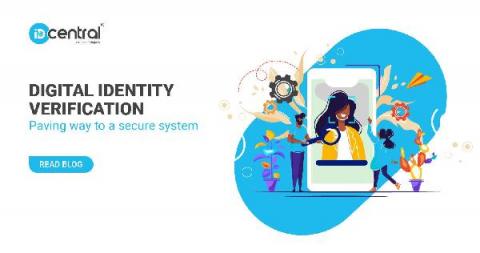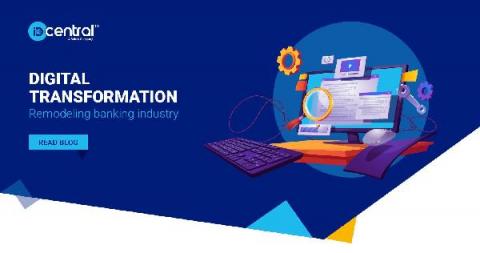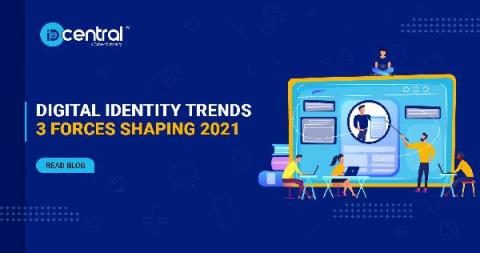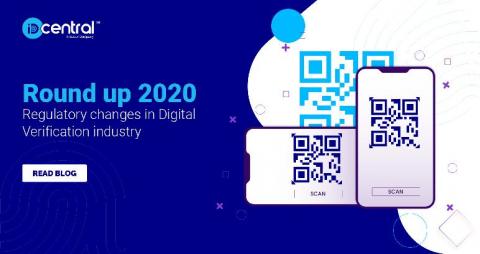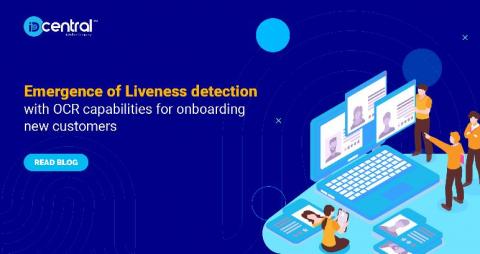Onboarding in the Digital age & two must-haves in your tool kit
If COVID-19 pandemic has made anything obvious to the business community, it is that riding the digital wave is no longer an option for businesses to thrive in the long-run. While several giant enterprises have already switched to a completely remote set up, laggards are still trying to figure their way around justifying such a move. For smaller organizations, however, investing in a digital-first future might not be as easy.




